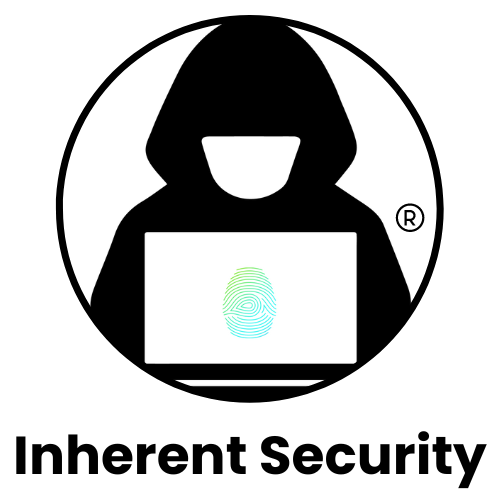The Future of Health Tech Cybersecurity: Top Trends and Threats in 2025
Health Tech is a thriving hub of innovation.
From telehealth platforms to AI-driven note takers, health tech companies are at the forefront of transforming care delivery.
But with great innovation comes even greater responsibility.
As these companies handle vast amounts of patient data, they also face emerging cybersecurity threats.
For health tech leaders, safeguarding platforms and patient trust is mission-critical.
Here’s what your health tech company needs to know in 2025.
Why Health Tech is a Prime Target
The rise of digital health platforms has created a goldmine for hackers.
Patient data, including medical histories, payment information, and biometric details, is among the most valuable commodities on the dark web, valued up to $100 - $1,000 per record, is far more lucrative than financial data.
For health tech companies, the stakes are even higher. Unlike traditional healthcare organizations, you rely on your digital infrastructure to deliver services. Any disruption whether from ransomware or a data breach can bring operations to a grinding halt, harming both users and the company’s reputation.
Threats Health Tech Face in 2025
As technology evolves, so do the tactics of hackers. Here are the biggest threats reshaping the industry:
Ransomware-as-a-Service (RaaS) RaaS has lowered the barriers to entry for hackers, allowing those with minimal technical expertise to launch sophisticated attacks. Nearly 25% of ransomware incidents in healthcare now involve RaaS platforms like LockBit. These tools doubled the volume of ransomware attacks between 2022 and 2023 (Healthcare IT Today).
IoMT Vulnerabilities Health tech companies integrating connected devices into their platforms must address vulnerabilities in the Internet of Medical Things (IoMT). Devices like wearable monitors and remote diagnostic tools often lack security measures. The FBI reports that 53% of IoMT devices contain at least one unpatched critical vulnerability (HIPAA Journal).
AI-Powered Threats Just as AI strengthens defenses, attackers are now using it to scale phishing attacks, evade detection systems, and impersonate individuals (CNN.)
High-Risk Entry Points
Hackers exploit weak spots in digital health systems to infiltrate networks. Key vulnerabilities include:
Unauthorized Network Access: Any attack that begins with network access from an app or web service. This traffic can carry out malicious behavior such as downloading unauthorized software onto a healthcare computer or device.
Phishing Emails: Targeted phishing campaigns can compromise employee credentials or grant access to patient data.
Unpatched Software: Outdated apps and systems lacking critical updates are easy prey for attackers (Safety Detectives).
The Financial and Reputational Risks
Cybersecurity failures are financially devastating for health tech companies.
In 2023, the average cost of a healthcare data breach reached $10.93 million, and is estimated to be 11+ million in 2024 (IBM Cost of a Data Breach).
Beyond financial damage, breaches harm reputations and erode user trust, a critical asset for companies in the health tech space.
Losing patient and partner confidence can mean losing your competitive edge.
Regulatory Pressure
Regulatory bodies worldwide are responding to these escalating threats with new requirements:
In the U.S., the Department of Health and Human Services has proposed new rules mandating multifactor authentication, network segmentation, and data encryption to secure patient data (The Verge).
In Europe, the updated Network and Information Security Directive (NIS2) requires healthcare organizations to implement advanced cybersecurity technologies and improved risk management strategies (ICT & Health).
Compliance is about proving to your patients and partners that their data is in safe hands.
How to Stay Ahead
The path to a secure health tech organization starts with a proactive, layered approach. Here’s how leaders can strengthen their defenses in 2025:
Embrace Zero Trust Architecture Transition from implicit trust models to verification for every user, device, and application.
Re-think Employee Training With phishing remaining a top threat, regular training and simulated phishing tests can significantly reduce vulnerabilities. Gamify the experience and create feedback loops to ensure users are engaged.
Deploy AI-Driven Defenses Use AI to supplement resources allowing you to detect and respond to anomalies in real time, stopping threats before they escalate.
Partner with Cybersecurity Experts Partner with specialized Fractional CISOs to scale your defenses and stay ahead of regulatory demands without overburdening your internal team and paying the hefty price tag of a full time CISO.
Innovate Securely in 2025
Cybersecurity challenges are growing, but so are the opportunities to lead the pack.
Prioritize patients, security, and compliance so you can build a resilient platform that thrives in the face of emerging threats.
P.S. Are you more worried about Ransomware or AI threats in 2025?
